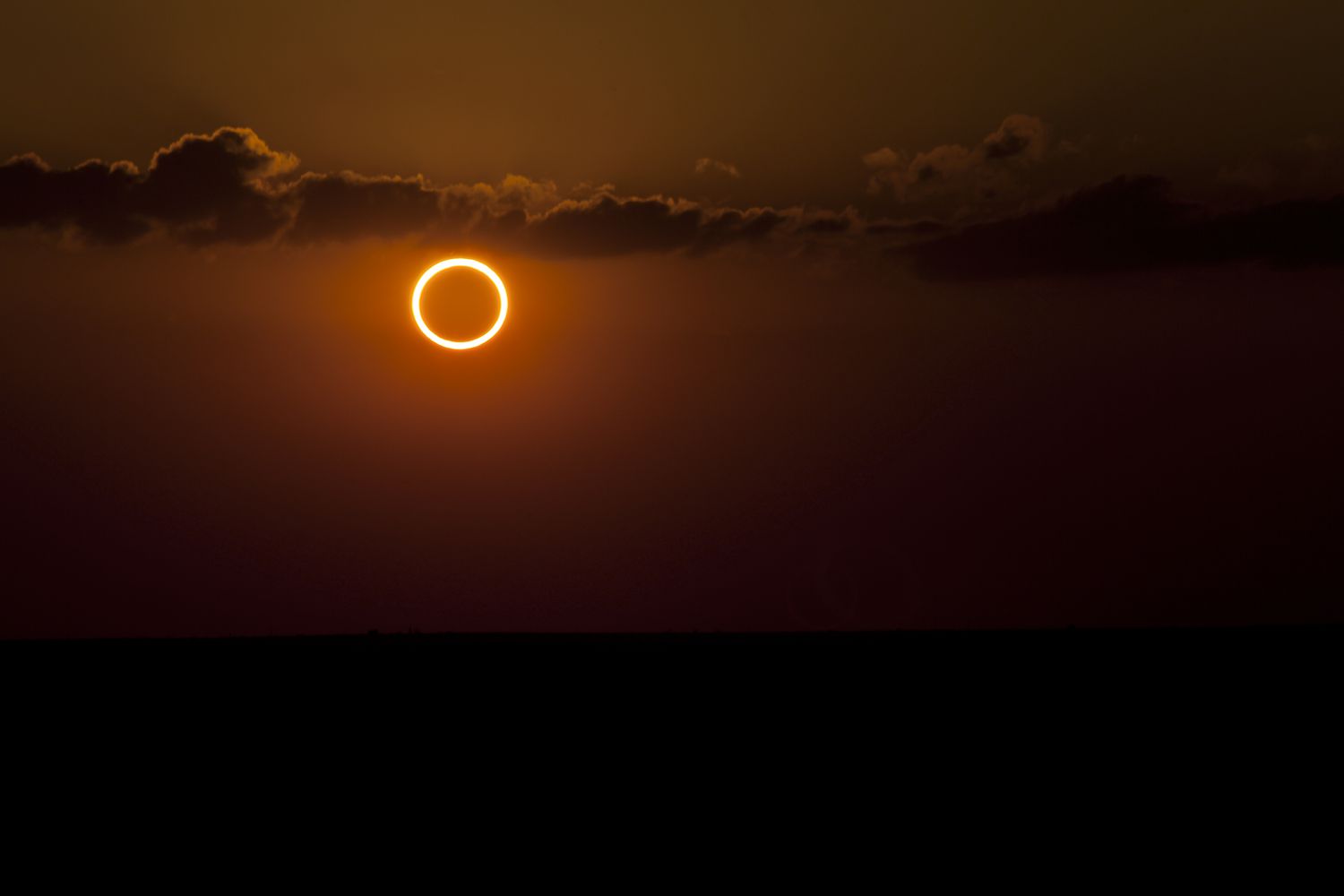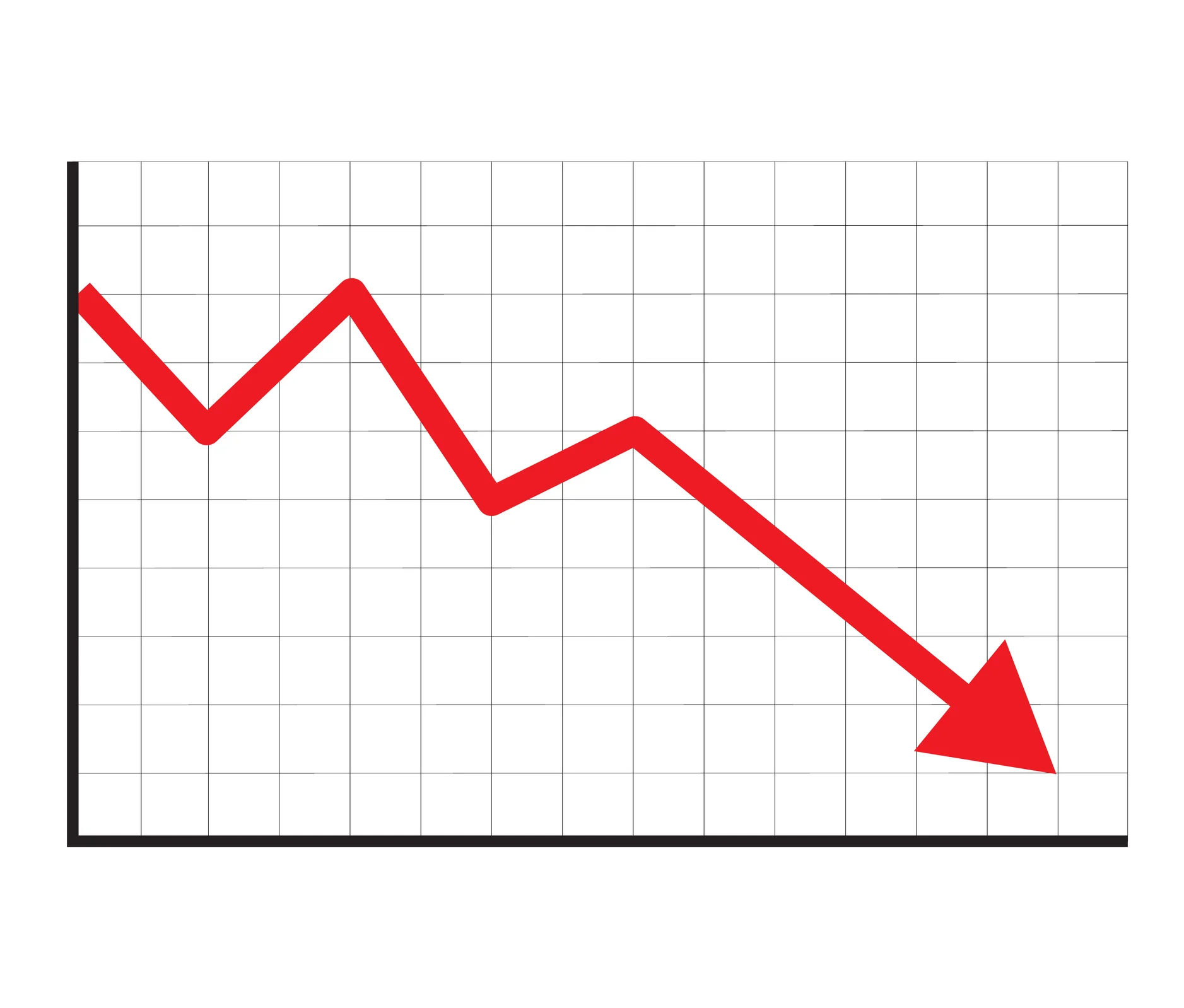Solar eclipse today, darkening America, won’t visible from Nepal
Nepal will miss out on witnessing the eclipse firsthand as it won't be observable from the country's vantage point.

KATHMANDU: As the celestial gears align for a rare astronomical event, the upcoming solar eclipse slated for April 8 will plunge parts of America into daytime darkness, a spectacle that will not grace the skies of Nepal.
According to reports from NASA, a total solar eclipse is poised to traverse North America, traversing Mexico, the United States, and Canada, with its epicenter beginning its celestial journey over the South Pacific Ocean.
Saroj Raj Shahi, the observatory manager and information officer of B.P. Koirala Memorial Planetarium, Observatory, and Science Museum Development Board in Kirtipur, Kathmandu, confirmed that Nepal will remain untouched by this celestial phenomenon.
Nepal will miss out on witnessing the eclipse firsthand as it won’t be observable from the country’s vantage point.
This isn’t the first time Nepal has been left out of the solar eclipse viewing party.
Earlier this year, the country also missed out on observing the solar eclipses occurring on April 20, 2023, and Oct 14, adding to the series of celestial events beyond Nepal’s reach.
A solar eclipse, a mesmerizing dance of cosmic bodies, occurs when the sun, moon, and earth align in perfect harmony.
What is a Solar Eclipse?
A solar eclipse is an astronomical phenomenon where the Moon passes between the Earth and the Sun and blocks the Sun’s light either entirely or partially.
When the moon completely covers the sun, it casts a shadow on Earth, forming what is called a “path of totality.” This path is a relatively narrow band that moves across the surface. People standing inside this band can witness a total solar eclipse, provided the weather and clouds cooperate. In the path of totality, where the Moon completely covers the Sun, the sky will become dark, as if it were dawn or dusk.
Unless people are on that line—the path of totality—they will only see a partial eclipse. For them, the sky will appear slightly darker than it was before the eclipse, depending on how much the Moon blocks the Sun in their location.
Total Solar Eclipse duration
The whole event will take about two and a half hours, but totality will only last about four minutes. As per NASA, the peak spectacle is expected to last for up to 4 minutes and 27 seconds in the path of total darkness.
“The duration of totality will be up to 4 minutes and 27 seconds, almost double that of The Great American Eclipse of August 21, 2017,” according to Great American Eclipse. Most places along the centerline (path of totality) will see a totality duration between 3.5 and 4 minutes.
How to safely see the eclipse?
The Sun’s surface is so bright that if you stare at any portion of it, no matter how small, it produces enough light to damage individual retinal cells. Skygazers across the world have been advised to wear protective eyewear, such as licensed eclipse glasses, during its partial phases. Failure to do so can burn your eye’s retinas and cause permanent damage or even blindness.










